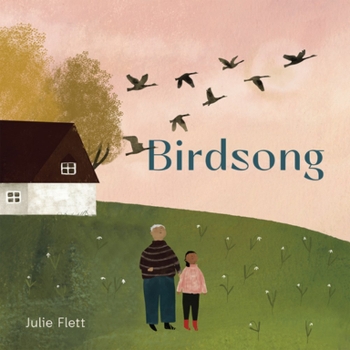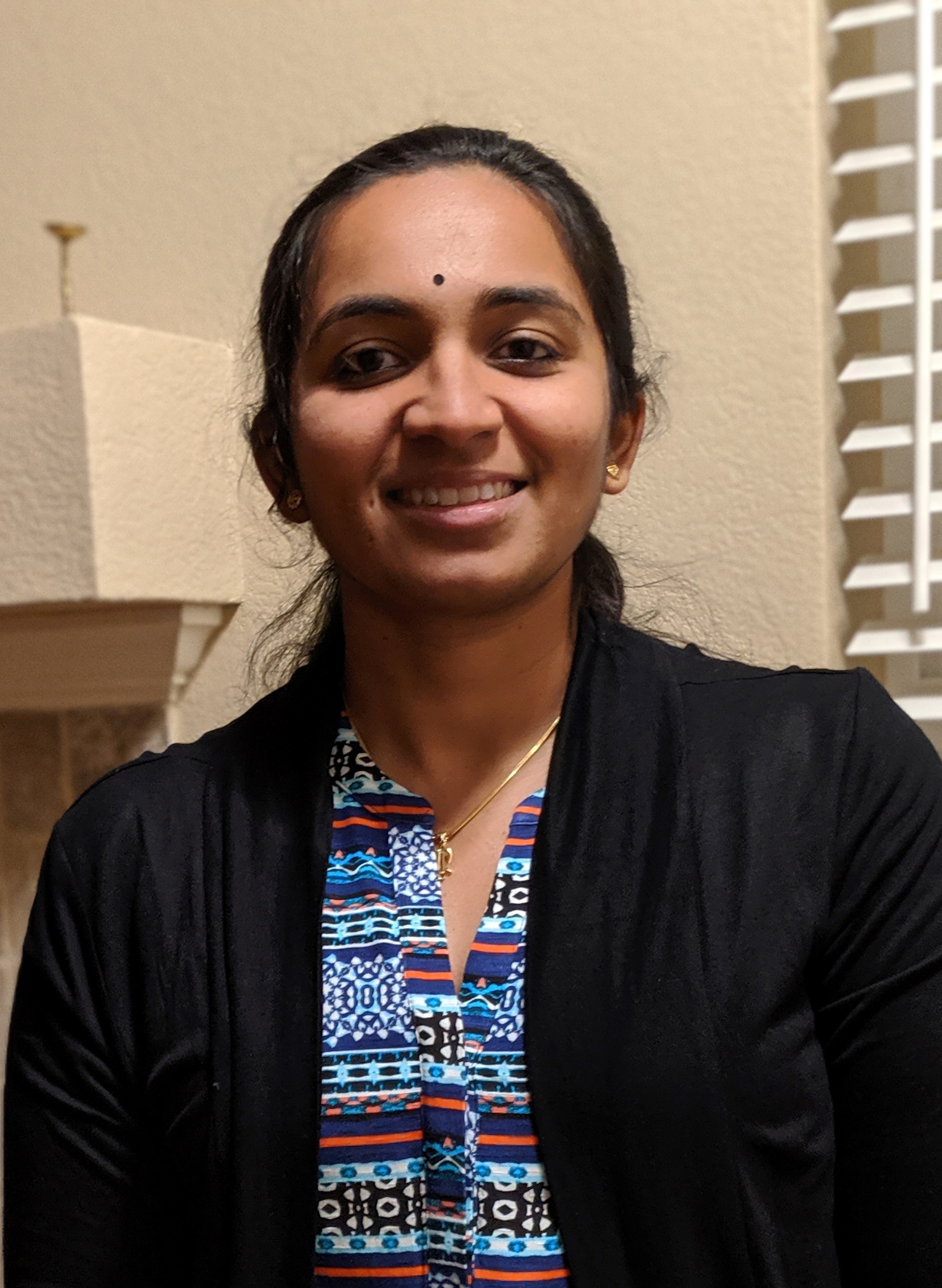I trust that I can speak for a lot of readers of this blog when I say that we want the children we know, across the world, to be able to have access to a myriad of picture books, published locally and globally. Prominent, world-renowned awards such as the Caldecott confer power to picture books and make it easier for them to be visible in spaces such as classrooms, libraries, and bookstores (both brick-and-mortar and online). They go on to be recognized as classics, appear on canonical lists, and get reprinted several times. What about those books that are published in countries other than the United States that haven’t caught the eyes of an American publisher? What about those small publishing houses that do not have access to resources to promote their picture books? How might we recognize and honor them?
 As an international academic and educator who has lived in the United States for a little over four years, I have often wondered about the following statements under the “Terms, Definitions, and Criteria” section of the Caldecott awards:
As an international academic and educator who has lived in the United States for a little over four years, I have often wondered about the following statements under the “Terms, Definitions, and Criteria” section of the Caldecott awards:
“The award is restricted to artists who are citizens or residents of the United States. Books published in a U.S. territory or U.S. commonwealth are eligible" (the second item under "Terms").
“‘American picture book in the United States’ means that books first published in previous years in other countries are not eligible” (the sixth item under "Definitions").
“‘In English’ means that the committee considers only books written and published in English" (the seventh item under "Definitions").
Having worked in the publishing industry in India, I have also questioned the barriers — citizenship status, language, lack of access to international publishers to whom rights can be sold, and lack of funding to attend book fairs that allow for networking — that publishers who are not based in the United States have to face in order for their books to receive international recognition.
It is also impossible not to pay close attention to the phrase “citizens or residents” and raise questions about who count as “citizens or residents of the United States”; who determines who gets to be one; what makes a person a citizen or a resident; when the citizenship status matters and why it does. While I recognize and understand that it is a criterion that has been designed to make shortlisting of potential Caldecott winners and honor books less cumbersome, it is important to acknowledge that the terms “citizen” and “resident” have always been politically fraught, not only in the United States of America, but across the world. Take, for instance, the protests that have been happening in India against the Citizenship Amendment Act and the National Register of Citizens. Of course, acknowledgment alone does not amount to action. As Leonard S. Marcus recently noted in the New York Times, the “time has surely come for the Caldecott Medal to drop the ban on illustrators who aren’t citizens or residents of the United States.” At the Horn Book, Martha V. Parravano shared similar views in her January/February 2020 editorial “Bordering on the Absurd.”
I trust that I can speak for a lot of readers of this blog when I say that we want the children we know, across the world, to be able to have access to a myriad of picture books, published locally and globally. Prominent, world-renowned awards such as the Caldecott confer power to picture books and make it easier for them to be visible in spaces such as classrooms, libraries, and bookstores (both brick-and-mortar and online). They go on to be recognized as classics, appear on canonical lists, and get reprinted several times. What about those books that are published in countries other than the United States that haven’t caught the eyes of an American publisher? What about those small publishing houses that do not have access to resources to promote their picture books? How might we recognize and honor them?
 It is with these thoughts that I — a “non-resident alien” on a student visa in the United States — embarked on my research on picture books that I think would make the cut for CaldeNotts (a term first proposed by Thom Barthelmess). And girl, did I struggle! Nowhere was the lack of access to picture books published in 2019 in countries other than the U.S. more apparent than during my research process. I scoured several book lists, bookfair exhibitor lists, catalogs, international award pages, and publishers’ websites over a couple of months. While I did find wonderful picture books, including Contracorriente by Maria Wernicke (Calibroscopio); Al Hawa, pictured right, by Francesca Dell’Orto (Kalimat Publishing); and Jun and the Octopus by Ekkers and Lim An-ling (Singapore Children’s Society), I was unable to find them in the two major Midwestern library systems that I rely on to borrow books. Therefore, I decided to pick what I'd choose as the CaldeNott winner and honor books from the limited set of picture books to which I had access. Before you proceed to read about them, I’d like for you to take a moment and ponder the question of access and the factors that — even in this age of globalization, cosmopolitanism, and transnationalism — influence which books deserve recognition and which ones don’t, and how they affect the children we know and care for.
It is with these thoughts that I — a “non-resident alien” on a student visa in the United States — embarked on my research on picture books that I think would make the cut for CaldeNotts (a term first proposed by Thom Barthelmess). And girl, did I struggle! Nowhere was the lack of access to picture books published in 2019 in countries other than the U.S. more apparent than during my research process. I scoured several book lists, bookfair exhibitor lists, catalogs, international award pages, and publishers’ websites over a couple of months. While I did find wonderful picture books, including Contracorriente by Maria Wernicke (Calibroscopio); Al Hawa, pictured right, by Francesca Dell’Orto (Kalimat Publishing); and Jun and the Octopus by Ekkers and Lim An-ling (Singapore Children’s Society), I was unable to find them in the two major Midwestern library systems that I rely on to borrow books. Therefore, I decided to pick what I'd choose as the CaldeNott winner and honor books from the limited set of picture books to which I had access. Before you proceed to read about them, I’d like for you to take a moment and ponder the question of access and the factors that — even in this age of globalization, cosmopolitanism, and transnationalism — influence which books deserve recognition and which ones don’t, and how they affect the children we know and care for.
I sincerely thank everyone who shared and commented on my Twitter posts with suggestions on international picture books that were published in 2019 but do not qualify for the Caldecott by virtue of having an illustrator who is neither a citizen nor a resident of the U.S.
Based on these suggestions, my research, the Caldecott criteria, and my subjective interpretation, I choose Birdsong by Julie Flett as my favorite CaldeNott this year. Published by Greystone Kids, this picture book evocatively portrays the story of the young Cree-Métis girl, Katherena, who experiences loneliness upon having moved to a new home with her mother. She makes an unlikely friend in the elderly Agnes and, across seasons, makes memories with her. Flett’s collage-like illustrations and her depictions of the changing seasons are poignant and convey the journey from loneliness to everlasting, intergenerational companionship in a persuasive way.
Here are what I would consider CaldeNott Honor Books:

When Spring Comes to the DMZ (Plough), written and illustrated by Uk-Bae Lee:
First published in Korea, this picture book — which has been translated by Chungyon Won and Aileen Won — tells the tale of the demilitarized zone that lies between South and North Korea and what the existence of it means for civilians like the grandfather in the narrative. Uk-Bae Lee’s vivid and colorful illustrations (especially his portrayal of happy animals and birds) provide a contrast to the theme of the narrative, which highlights that while the DMZ “has become a sanctuary for a wide variety of wildlife” and is inaccessible to people, it is a “last refuge” for some endangered species.

Ariba: An Old Tale About New Shoes (Enchanted Lion), written and illustrated by Masha Manapov:
As the title indicates, this picture book is about the eponymous protagonist’s relationship with his shoes and the adventures that he has while wearing them. Manapov’s images are vibrant and dynamic, and her use of the bright hues of red, yellow, pink, and blue enhance the playful verbal narrative.

Moth: An Evolution Story (Bloomsbury), written by Isabel Thomas and illustrated by Daniel Egnéus:
This nonfiction STEM picture book focuses on the evolution of the peppered moth in relation to the ideas of natural selection and environmental adaptation. Egnéus employs crayons, watercolors, and digital media, in addition to collages, to bring to life the story of the moth and its camouflaging tactics for survival in a stunning and memorable way.
Some of the other books that I enjoyed reading and were strong contenders for the 2020 CaldeNotts are:
- Magic Ramen: The Story of Momofuku Ando, written by Andrea Wang and illustrated by Kana Urbanowicz / Little Bee
- The Piano Recital, written and illustrated by Akiko Miyakoshi / Kids Can
- The Proudest Blue: A Story of Hijab and Family, written by S.K. Ali and illustrated by Hatem Aly / Little, Brown
- The Girl and the Wolf, written by Katherena Vermette and illustrated by Julie Flett / Theytus Books
- Lubna and Pebble, written by Wendy Meddour and illustrated by Daniel Egnéus / Dial
- Waiting for Chicken Smith, written and illustrated by David Mackintosh / Candlewick
- Small in the City, written and illustrated by Sydney Smith / Porter/Holiday House
Along with some international picture books that you have read and enjoyed in 2019, can you tell me about those recently published international books that you wish were available in the United States but aren’t accessible here yet?

RELATED
ALREADY A SUBSCRIBER? LOG IN
We are currently offering this content for free. Sign up now to activate your personal profile, where you can save articles for future viewing.








Add Comment :-
Be the first reader to comment.
Comment Policy:
Comment should not be empty !!!